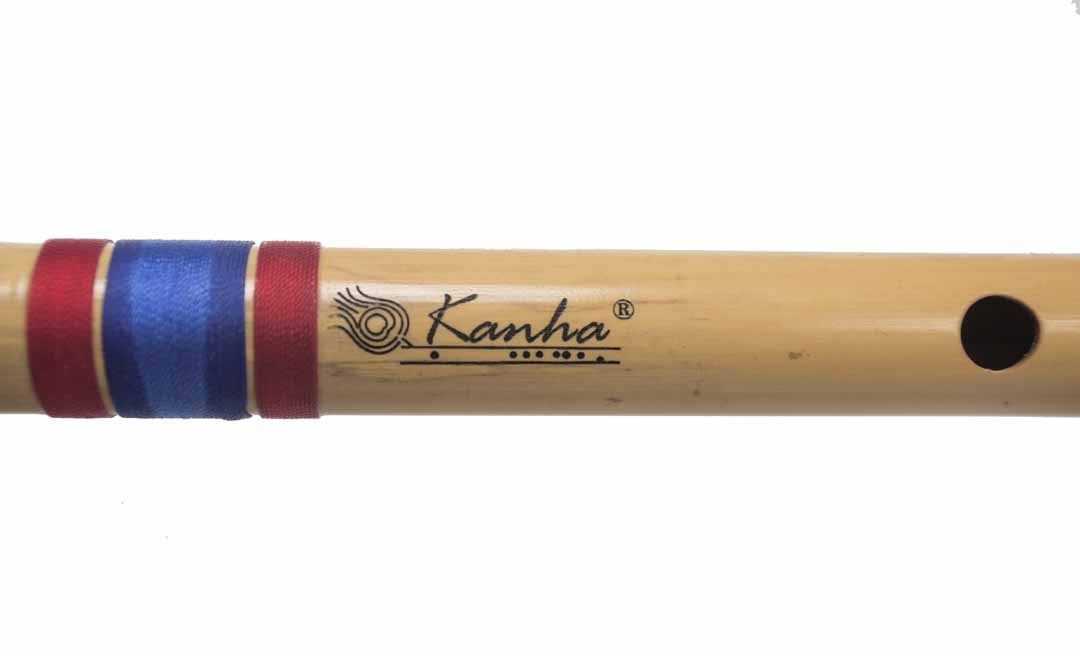
Bansuri is an Indian musical instrument that is a simple bamboo tube. The length of the Bansuri is between 12 to 30. Classification of folk musical instruments. It looks quite similar to piccolo and plays in the same range. The flute is a family of a musical instrument in the woodwind group. It was based on eight materials used in instrument construction (but not necessarily in sound production) and allied to other physical and metaphysical phenomena.
Of playing and trueness of pitch over the whole range of the instrument.The word bansuri originates from the bans which means bamboo and sur meaning piece of music. Bansuri is an ancient musical instrument associated with Krishna, cowherds and has been best recognized as an Indian folk musical instrument.Professional concert Bansuri and Carnatic bamboo flutes in 31 sizes and pitches. It is an ancient instrument with roots in Indian and Nepali folk music.Bansuri or Murali is a transverse woodwind flute of India, the Indian Hindustani classical music instrument Bansuri is made from a single hollow shaft of bamboo wood with 6 or 7 finger holes. It is called nadi and tunava in the Rig-Veda and in other Vedic texts of Hinduism.The bansuri is a bamboo flute that ranges in size from 12 to 40 inches in length. It is an antique musical instrument of the Indian subcontinent. It is found in many parts of India, Pakistan, Bangladesh, Sri Lanka and Nepal.
The early on medieval Indian bansuri was however, significant with its dimension, manner, bindings, and mounts on ends. According to the legends, the three birthplaces of Bansuri are Egypt, Greece and India. A flute player in these medieval texts is called vamsika.Bansuri is a simple musical instrument which can be found in many ancient cultures.
It is basically a folk instrument, invariably linked to the lives of Lord Krishna. The Bansuri is also mentioned in various Upanishads and Yoga texts.References to the Bansuri can be witnessed since the times of the Rig Veda, even in the murals of Ajanta and Ellora caves. The Bansuri is however referred to by other names such as nadi, tunava in the Rig-Veda and other Vedic texts of Hinduism, or as venu in post-Vedic texts.

Mahalingam, or Mali as he is popularly called, through the sheer force of innate genius and unerring instinct brought about several innovations in the style of playing and restored its lost glory in the hearts of millions in the south. His gifted student, Palladam Sanjeeva Rao continued his legacy and made the Bansuri a popular instrument among thousands in the south. Pannnalal Ghosh added one further hole to facilitate the playing of lower octaves.It was during the latter part of the 19th century that the flute came to occupy its esteemed place in the Carnatic repertoire as a solo instrument due to the tireless efforts of the inspired genius, Sarabha Shastri. Generally with six finger holes - one for blowing and the remaining for the fingers, Pt.

The unusually long and stout bass Bansuri helps the player play the lower octave with great effect, while short and light flute is used for playing catchy folk and regional airs. Most players follow the Pannalal model of using two other types of flutes besides the playing flute to delineate raagas. The player, who sits cross-legged on the ground, has to use blowing and fingering techniques to get the required tonal modulations. In North India, Bansuri is placed almost horizontally with the lower end slanted towards the ground. The Bansuri used in Hindustani concerts is usually two-and-a-half to three feet long, possesses six finger holes and one for blowing.Six fingers have to be placed in the finger holes in a varying manner to reproduce the intricacies and minutiae of raagas.

In the arena of Indian classical music, Rabindra Sangeet with its entire classical aura and distinct romanticism stands as one of the primary music of India.This is a traditional form of Islamic music usually found in India and Pakistan. There are six major types of Odissi music.Originated by Rabindranath Tagore, Rabindra Sangeet still reverberates the distinct aura of Indian classical music. A variety of songs have been composed in this genre of music that narrates numerous themes.Types of Odissi music cover a rather wide range of styles. Sachdev, Deepak Ram, Pannalal Ghosh, Shivkumar Sharma, Brijbushan Kabra are some of the famous Bansuri players from India.Recently Updated Articles in Indian MusicFolk Music of Northern India showcases the diverse cultural heritage of India.
Folk Music of South India has a number of forms and their variations can be found in other parts of India as well. The children are encouraged by their elders to learn folk music.


 0 kommentar(er)
0 kommentar(er)
